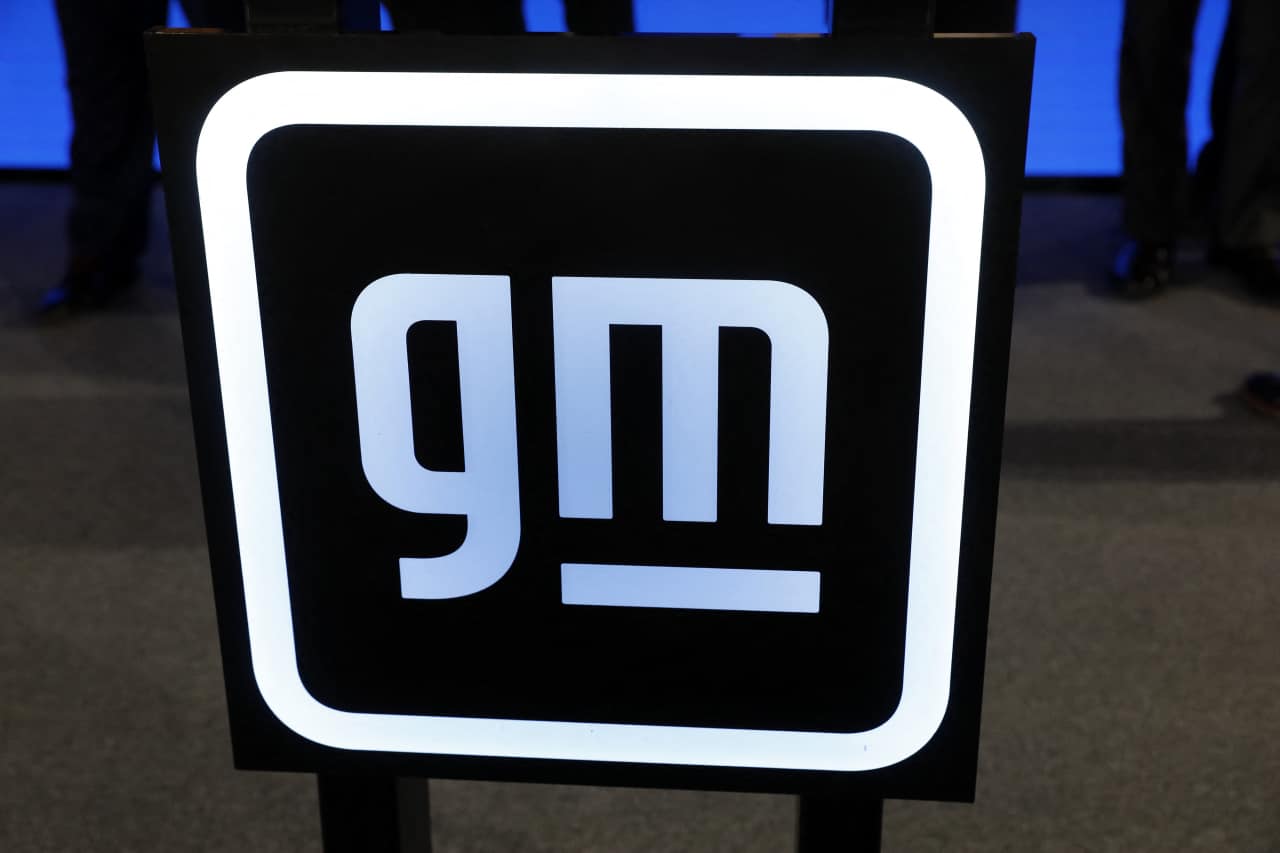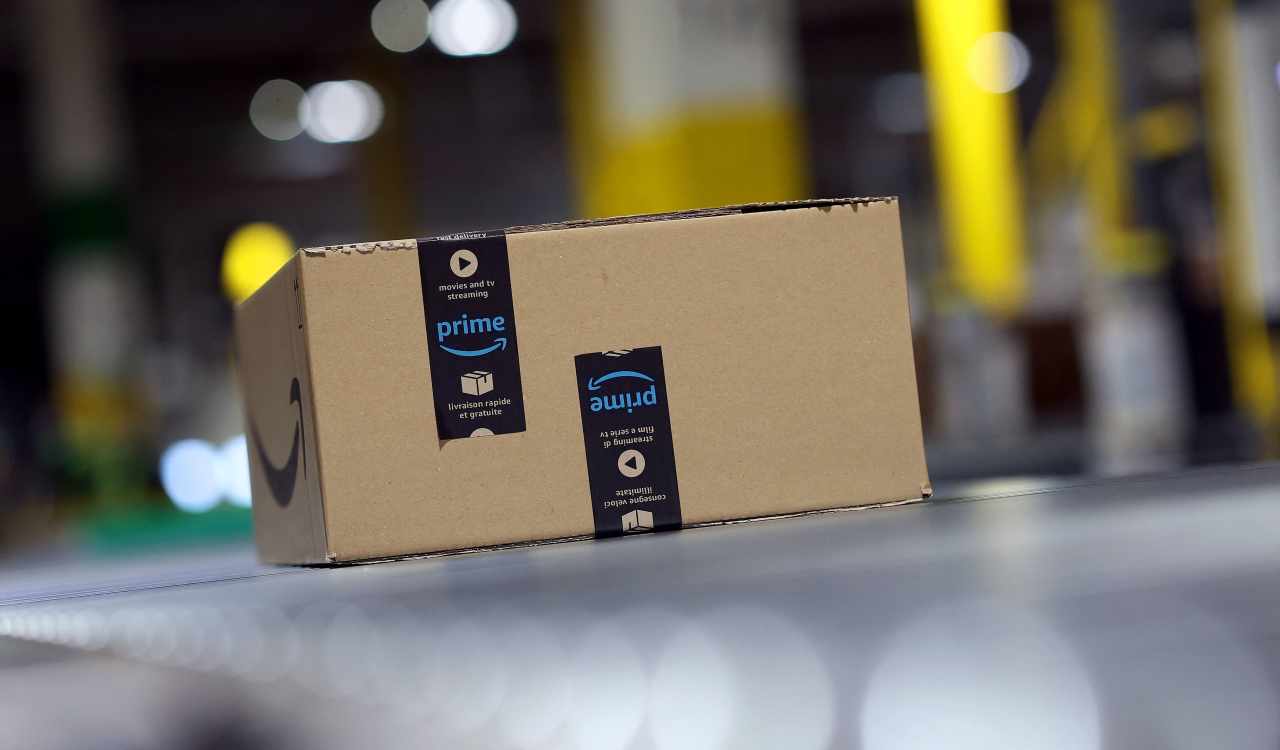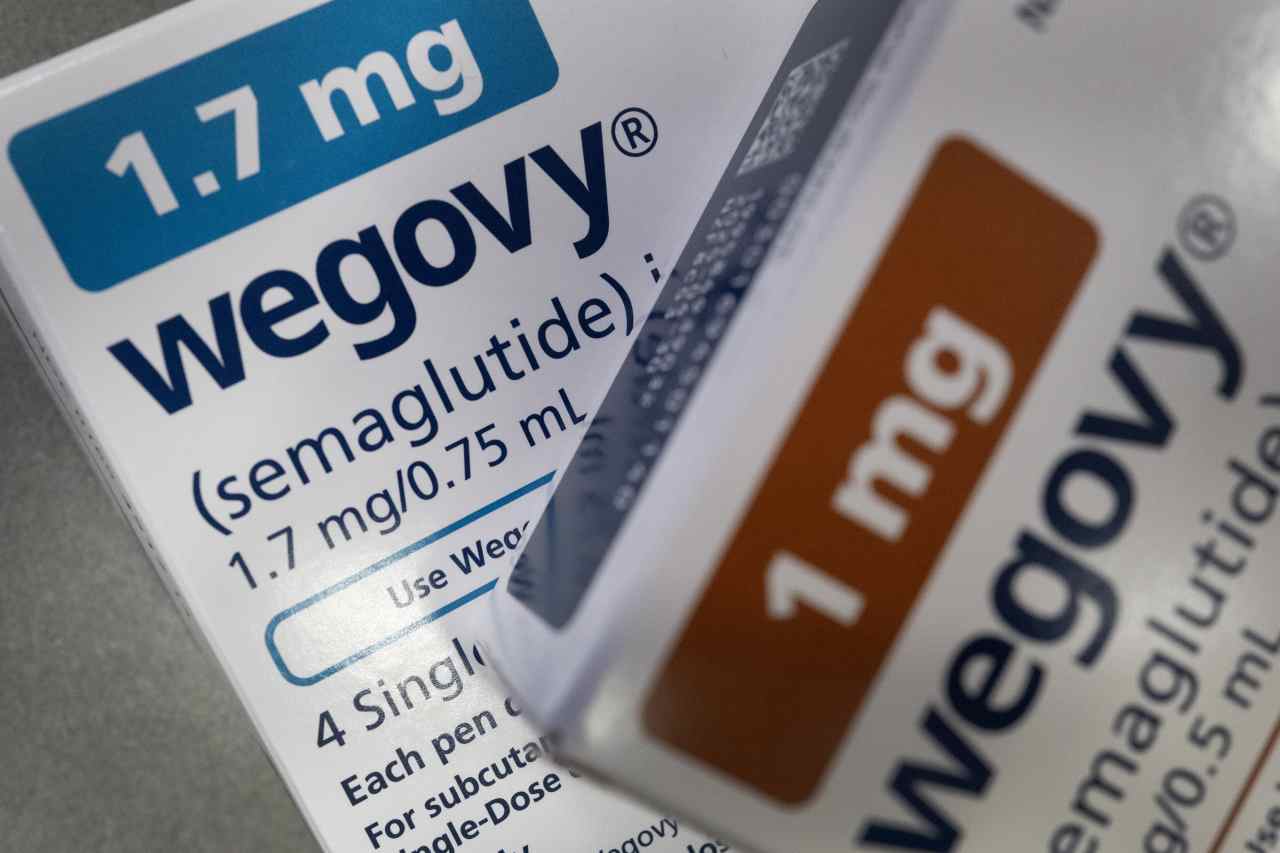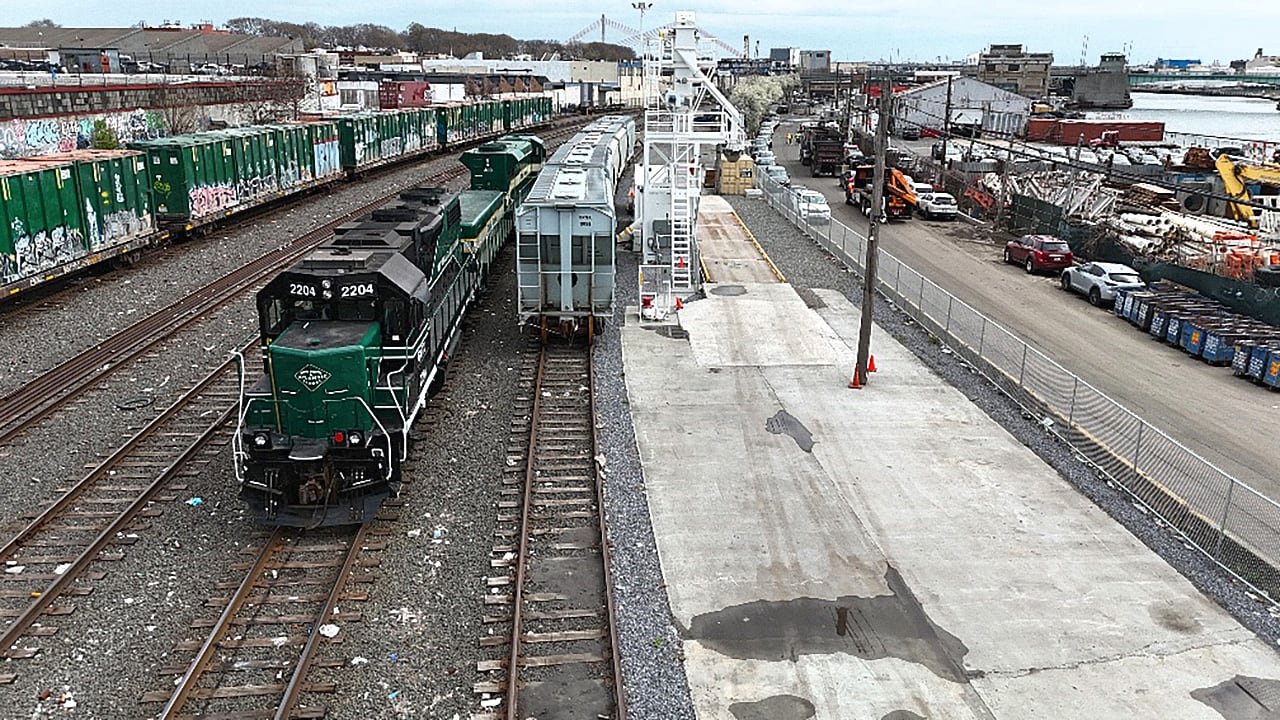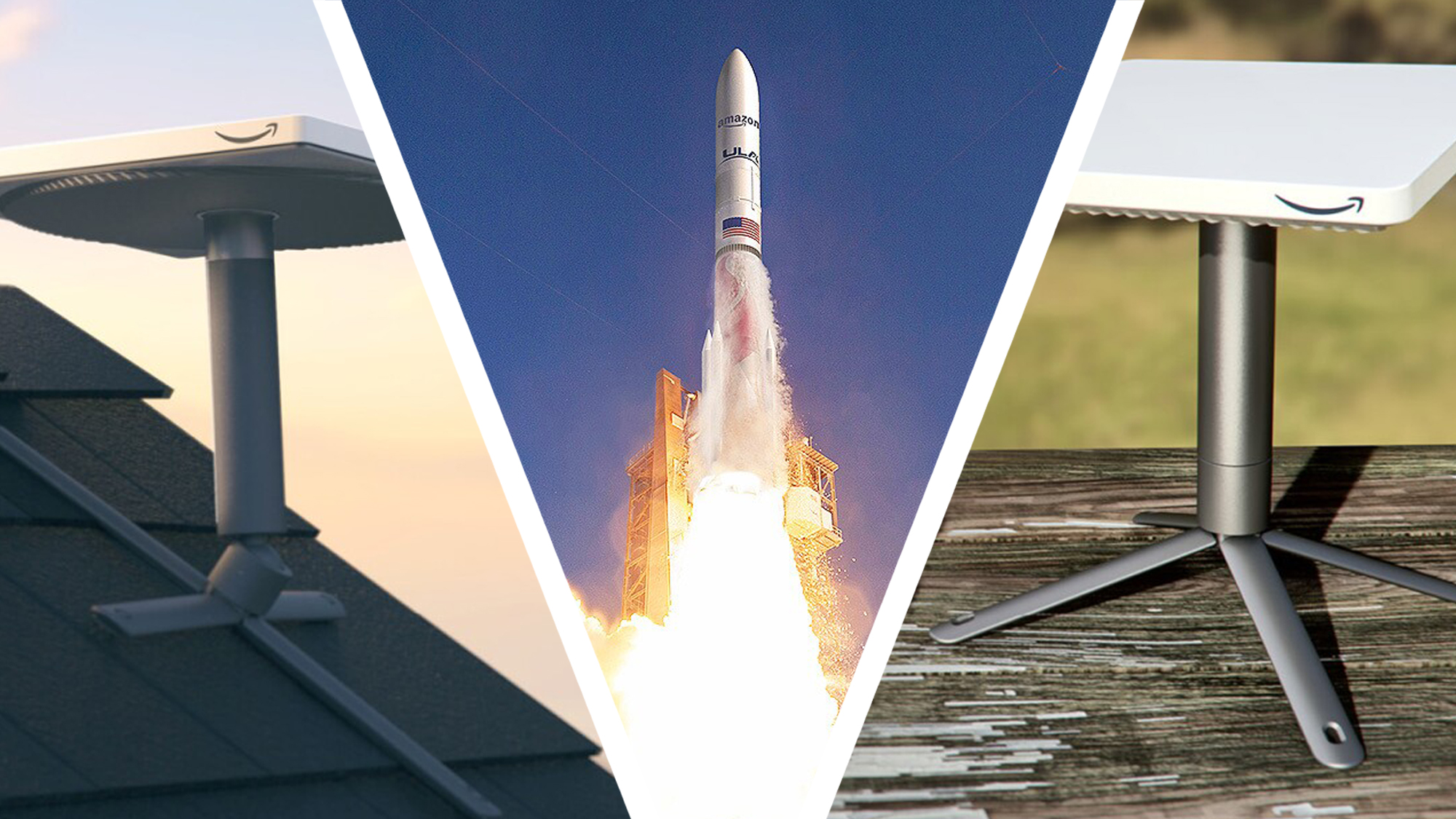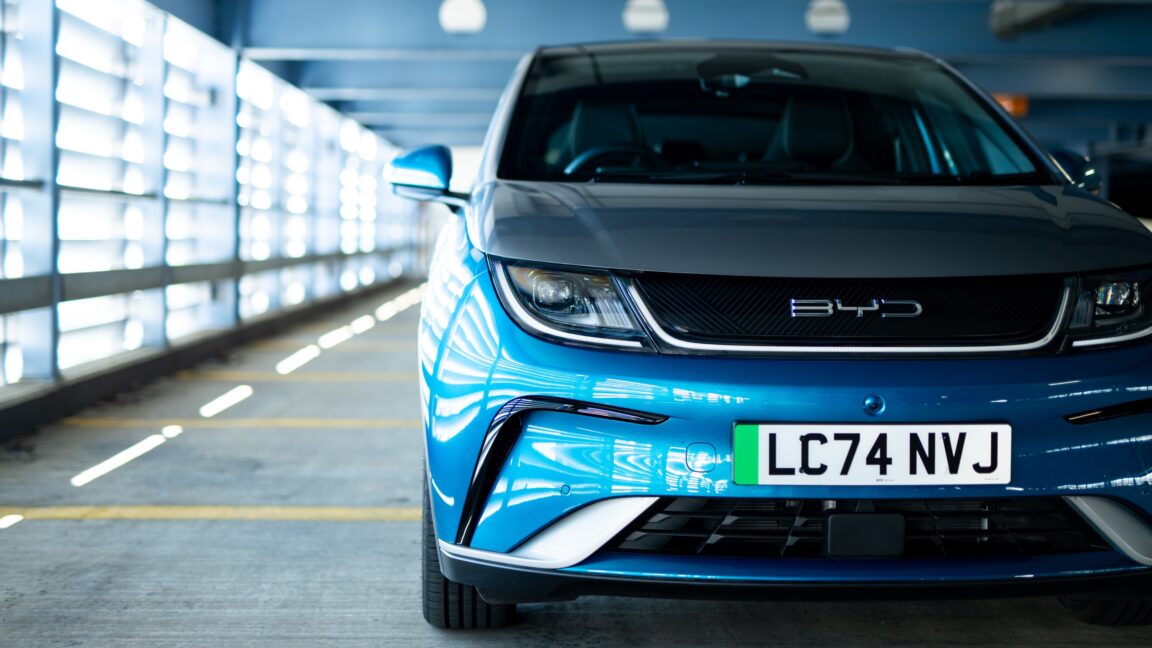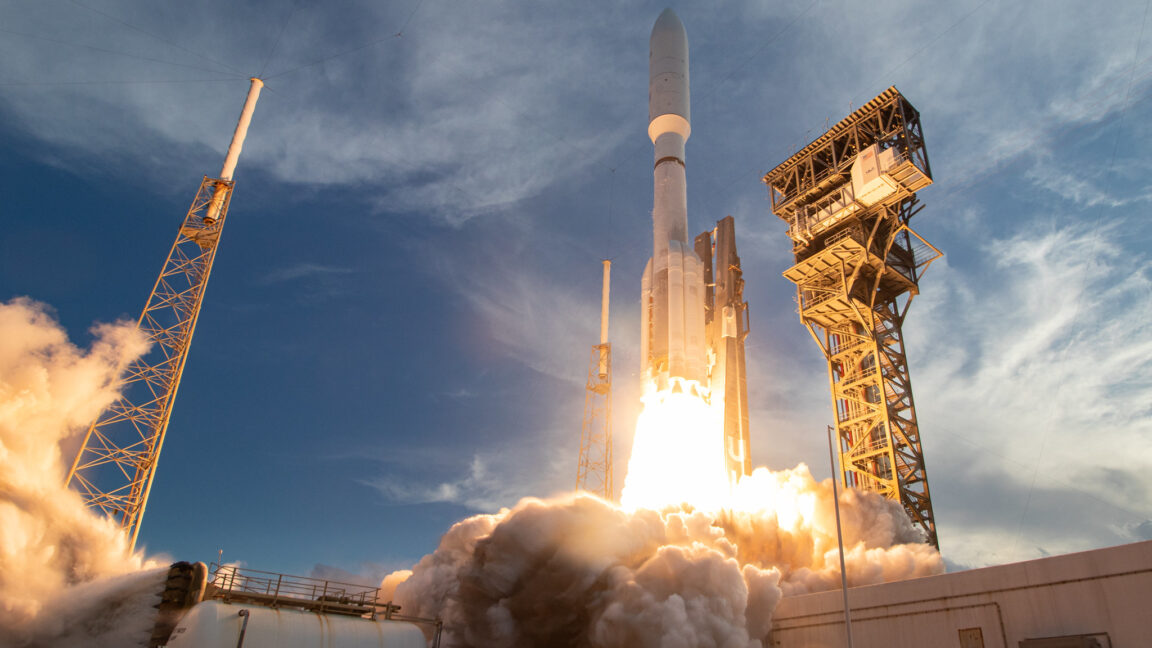Radian Aerospace lays out its plan to create reusable re-entry vehicle for hypersonic tests
Seattle-based Radian Aerospace says it’s developing a reusable re-entry vehicle that can be used to test aerospace components under stressful conditions and then bring them back down to Earth. The Radian Reusable Re-entry Vehicle, or R3V, is meant to advance technologies that the company is building into Radian One, its single-stage-to-orbit spaceplane. Radian says the insights gained from R3V’s uncrewed test flights will inform critical elements of the Radian One mission platform, including aerodynamic performance, guidance and control, and the operability of subsystems such as propulsion and thermal protection. For example, R3V will use Dur-E-Therm, a thermal protection material that… Read More


Seattle-based Radian Aerospace says it’s developing a reusable re-entry vehicle that can be used to test aerospace components under stressful conditions and then bring them back down to Earth.
The Radian Reusable Re-entry Vehicle, or R3V, is meant to advance technologies that the company is building into Radian One, its single-stage-to-orbit spaceplane.
Radian says the insights gained from R3V’s uncrewed test flights will inform critical elements of the Radian One mission platform, including aerodynamic performance, guidance and control, and the operability of subsystems such as propulsion and thermal protection.
For example, R3V will use Dur-E-Therm, a thermal protection material that Radian invented to withstand the stresses of atmospheric re-entry at hypersonic speeds.

R3V is under development in the Seattle area and could be ready for its first flight by early 2026, Radian says. In addition to blazing a trail for the spaceplane, R3V is expected to generate near-term revenue.
“R3V is not just a test vehicle — it’s a strategic asset that unlocks critical mission opportunities for our customers while helping advance the Radian One mission platform,” Livingston Holder, the company’s chief technology officer, said today in a news release. “It enables us to fly sooner, learn faster, and demonstrate the kind of operational tempo and system maturity needed to make space access more routine, flexible, and cost-effective.”
The vehicle could serve as a test platform for the advanced materials, sensors, flight control systems and thermal protection systems that are being built into spacecraft and hypersonic vehicles.
Hypersonic flight — that is, flight at speeds above Mach 5 — is a subject of high interest to the Pentagon, which has issued warnings about Russian and Chinese research into hypersonic weapons technology. Last week, the Defense Department is said to have conducted a test launch of a hypersonic vehicle dubbed “Dark Eagle.”
“Everything we fly, build, and test is designed with one goal in mind: fielding the most operationally responsive space access platform in the world,” Radian CEO Richard Humphrey said. “R3V gives us the ability to serve urgent national defense needs while de-risking key systems for our flagship platform.”
Last September, the company completed its first round of ground testing for PFV01, a one-12th-scale prototype for the Radian One spaceplane. The company is aiming to have its spaceplane ready to go into service by the 2030s, when commercial space outposts are due to take over from the International Space Station.






![Experts Don’t Believe AI Tools Will Lead to Mass Job Losses [Infographic]](https://imgproxy.divecdn.com/gcXE1_Da13Oz-JAszjUwb6v5UqMp2MFMjDAIXPbLad0/g:ce/rs:fit:770:435/Z3M6Ly9kaXZlc2l0ZS1zdG9yYWdlL2RpdmVpbWFnZS9haV9qb2JfbG9zc2VzLnBuZw==.webp)






























